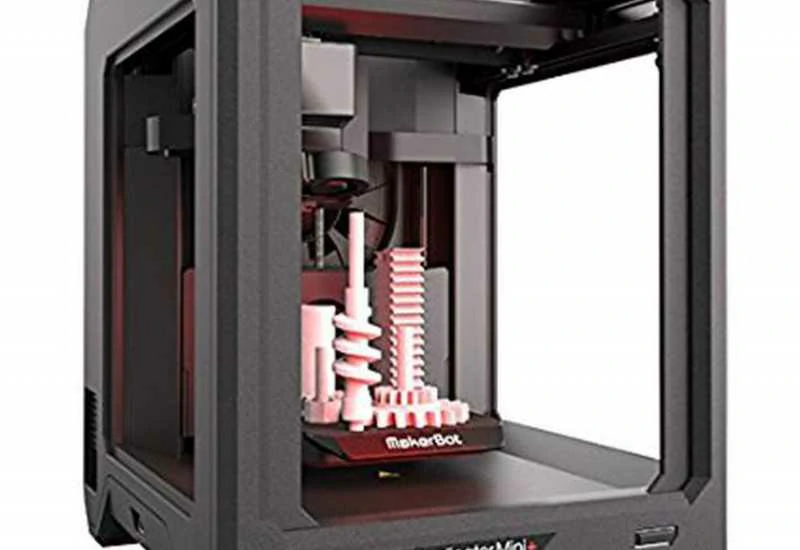In recent years, 3D printing has gained significant popularity due to its ability to transform digital designs into physical objects. From manufacturing prototypes to creating customized products, 3D printing has become an essential tool in various industries. If you are interested in learning how to model a 3D print, this article will guide you through the process step by step.
Getting Started with 3D Modeling
Before you can start printing in 3D, you need to create a digital model of the object you want to print. This involves using specialized software known as 3D modeling software. There are numerous options available, ranging from beginner-friendly programs to professional-grade tools. Some popular choices include Blender, SketchUp, and AutoCAD.
1. Choosing the Right Software
When selecting a 3D modeling software, consider your level of experience, the complexity of your project, and your budget. Beginners may find it more comfortable to start with user-friendly software like Tinkercad or Fusion 360, which offer intuitive interfaces and comprehensive tutorials. For advanced users, software such as SolidWorks or Rhino may be more suitable, providing advanced functionalities and precise control over the design.
2. Understanding the Design Process
The design process involves translating your idea into a digital model that can be 3D printed. It is essential to have a clear vision of what you want to create before starting the modeling process. Consider the dimensions, shape, and overall structure of your object. Sketching your ideas on paper or using digital sketching tools can help solidify your concept.
3. Creating the 3D Model
Once you have a clear vision, it’s time to start creating the 3D model. Begin by setting up the workspace in the software and familiarizing yourself with the interface. Most software provides a variety of tools and features to shape and manipulate the model. You can start with basic shapes and gradually refine them or import existing files and modify them according to your requirements.
Refining the Model
4. Adding Details
To make your 3D model more realistic and visually appealing, consider adding details. This can be done by extruding, sculpting, or combining different shapes. Pay attention to the fine details while maintaining the overall integrity of the design. Use the software’s tools to create intricate patterns, textures, or embossments if desired.
5. Ensuring Printability
It’s crucial to ensure that your design is printable before moving forward. Check for any potential issues such as overhangs, unsupported structures, or intersecting geometries. Analyze the model’s dimensions and adjust them if necessary to ensure it fits within the printing area. Some software provides built-in analysis tools that can help identify and fix common printability issues.
6. Exporting the File
Once your model is complete and printable, export it as a compatible file format for 3D printing. The most commonly used file formats include STL (Standard Tessellation Language) and OBJ (Object). Ensure that you choose the appropriate file type based on the requirements of your 3D printer.
Preparing for Printing
7. Slicing the Model
To prepare your model for 3D printing, it needs to be sliced into thin layers. Slicing software, such as Cura or Simplify3D, converts the digital model into instructions that the 3D printer can understand. Adjust the slicing settings based on your printer’s specifications, including layer height, infill density, and print speed.
8. Printing the Model
Now it’s time to bring your design to life! Load the sliced file onto your 3D printer and ensure that the printer is calibrated correctly. Choose the desired print settings, such as material type, temperature, and support structures, if needed. Start the printing process and monitor it closely for any potential issues.
9. Post-Processing
After the printing is complete, you may need to perform some post-processing steps to refine the final appearance of your 3D print. This can include removing support structures, sanding rough surfaces, or applying a coat of paint or varnish. Follow the recommended post-processing techniques based on the material used and the desired outcome.
Creating a 3D model for 3D printing requires a combination of creativity, technical skills, and attention to detail. By choosing the right software, understanding the design process, refining the model, and preparing it for printing, you can successfully turn your digital design into a physical object. Embrace the limitless possibilities that 3D printing offers and unleash your creativity in bringing your ideas to life. Happy modeling!
.webp)
